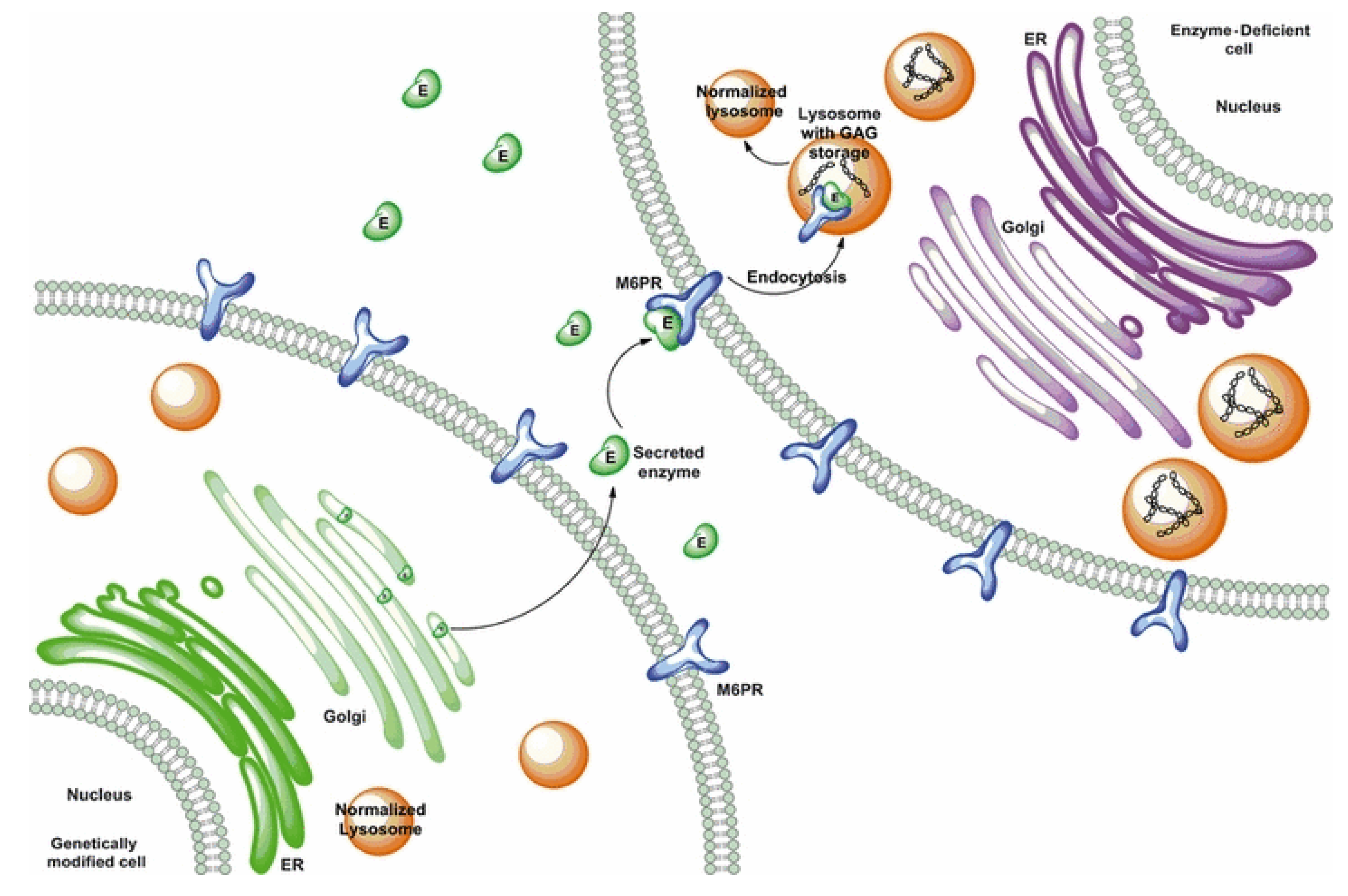
.jpg)
is accredited by URAC, for Health Content Provider (URAC's accreditation program is an independent audit to verify that A.D.A.M. Also reviewed by David Zieve, MD, MHA, Medical Director, Brenda Conaway, Editorial Director, and the A.D.A.M. Review provided by VeriMed Healthcare Network. Edens Hurst, MD, MS, Associate Professor in Medical Genetics, The University of Alabama at Birmingham, Birmingham, AL. Emery's Elements of Medical Genetics and Genomics. In: Turnpenny PD, Ellard S, Cleaver R, eds. Philadelphia, PA: Elsevier 2020:chap 107. Geme JW, Blum NJ, Shah SS, Tasker RC, Wilson KM, eds. Philadelphia, PA: Elsevier 2020:chap 244. A cure for Sanfilippo syndrome? A summary of current therapeutic approaches and their promise. Genetic counseling is recommended for couples who want to have children and who have a family history of MPS III. See your provider if you plan to have children and you have a family history of MPS III. Nerve damage that slowly gets worse and eventually requires wheelchair useĬall your child's provider if your child does not seem to be growing or developing normally.Symptoms are most severe in people with type A.

Some live longer, while others with severe forms die at an earlier age. Most people with MPS III live into their teenage years. MPS III causes significant nervous system symptoms, including severe intellectual disability.
-3.jpg)

Type C is caused by a defect in the HGSNAT gene.People with this type are missing or do not produce enough alpha- N-acetylglucosaminidase. Type B is caused by a defect in the NAGLU gene.People with this type do not have a normal form of the enzyme called heparan N-sulfatase. Type A is caused by a defect in the SGSH gene and is the most severe form.The type a person has depends on which enzyme is affected. MPS III occurs when the enzymes needed to break down the heparan sulfate sugar chain are missing or defective. This is called an autosomal recessive trait. If both parents carry a nonworking copy of a gene related to this condition, each of their children has a 25% (1 in 4) chance of developing the disease. This means it is passed down through families. MPS I (Hurler syndrome Hurler-Scheie syndrome Scheie syndrome).There are several other types of MPSs, including: MPS II is also known as Sanfilippo syndrome. The condition belongs to a group of diseases called mucopolysaccharidoses (MPSs). As a result, the molecules build up in different parts of the body and cause various health problems. These chains of molecules are called glycosaminoglycans (formerly called mucopolysaccharides). Mucopolysaccharidosis type III (MPS III) is a rare disease in which the body is missing or does not have enough of certain enzymes needed to break down long chains of sugar molecules. MPS III Sanfilippo syndrome MPS IIIA MPS IIIB MPS IIIC MPS IIID Lysosomal storage disease - mucopolysaccharidosis type III


 0 kommentar(er)
0 kommentar(er)
